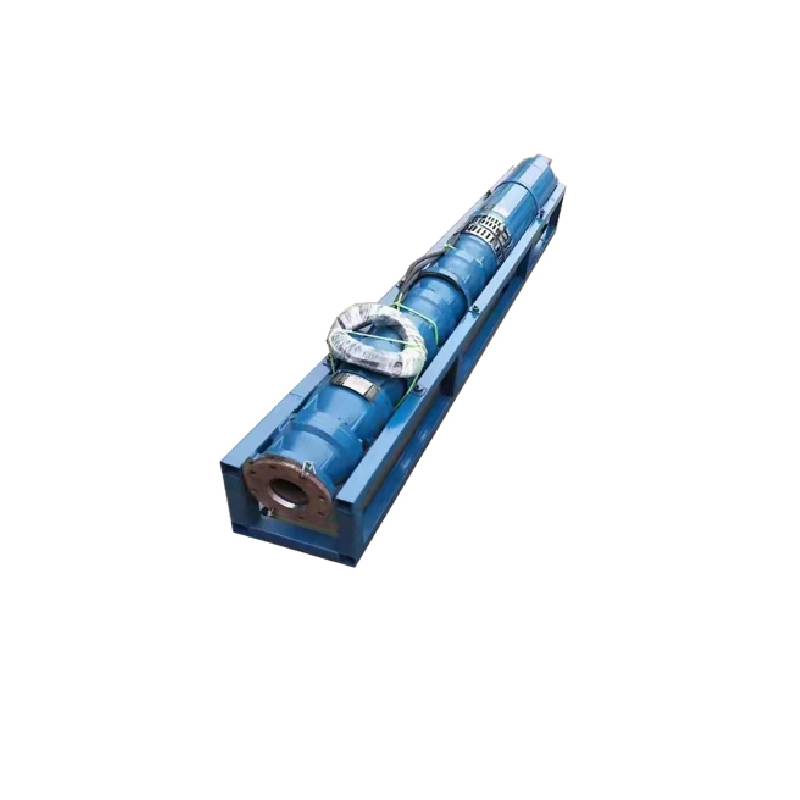ມ.ກ. . 01, 2025 03:58 Back to list
Guidelines for Installing a Deep Well Pump System Effectively
Setting Up a Deep Well Pump A Comprehensive Guide
When it comes to providing a reliable water supply for homes, agricultural fields, or commercial use, deep well pumps serve as a crucial lifeline. These pumps are designed to extract water from deep underground sources, ensuring that users have access to clean water year-round. This article will guide you through the process of setting up a deep well pump, covering essential steps, tools required, and safety precautions.
Understanding Deep Well Pumps
A deep well pump operates under the principle of moving water from a lower ground level to the surface using mechanical energy. Typically, these pumps are submersible, meaning they are submerged in the water they are pumping. A deep well pump is usually required when water is sourced from depths greater than 25 feet. There are two main types of deep well pumps submersible pumps and vertical turbine pumps. Submersible pumps are more common for residential use due to their compact design and efficiency.
Step-by-Step Guide to Setting Up a Deep Well Pump
Step 1 Planning and Preparation
Before you begin the installation process, it is essential to plan the project carefully. Identify the location of your well and check local regulations and codes regarding well water extraction. Ensure that you have the necessary permits if required. Conduct a water quality test to determine the suitability of your well water.
Step 2 Gather Tools and Materials
You will need specific tools and materials for the installation
deep well pump set up

- Deep well pump - Discharge pipe and fittings - Electrical wiring - Control box - Power supply - Pipe wrench - Teflon tape - Safety gear (gloves, goggles)
Step 3 Lowering the Pump
Begin by assembling the pump according to the manufacturer's instructions. Connect the discharge pipe to the pump securely, making use of Teflon tape to ensure a watertight seal. Next, slowly lower the pump into the well. This process can be labor-intensive, requiring either a hoist or a manual system. Make sure the pump is positioned at the correct depth to avoid getting air in the system, which can hinder performance.
Step 4 Connecting the Power Supply
After the pump is positioned, it's time to connect it to the power supply. Make sure to switch off the main electrical supply before making any connections. Install the control box above ground according to the manufacturer’s specifications and connect the pump’s wiring to the control box securely. It is crucial to use waterproof connectors to prevent any electrical hazards.
Step 5 Testing the System
With everything connected, it’s time to turn on the system. Switch on the power supply and monitor the operations closely. Look for any signs of leaks or unusual noises that may indicate a problem. Allow the pump to run for several minutes to ensure it is functioning smoothly and efficiently.
Step 6 Maintenance and Safety Measures
Regular maintenance is key to ensuring the longevity of your deep well pump. Check the pump's components periodically for wear and tear and clean any debris that may have
-
submersible-sump-pump-auto-drainage-for-crawlspaces
NewsAug.22,2025
-
solar-powered-stainless-steel-submersible-well-pump-setup
NewsAug.22,2025
-
stainless-steel-well-pump-flow-rate-optimization
NewsAug.22,2025
-
water-filled-submersible-pump-fish-farm-oxygenation
NewsAug.22,2025
-
submersible-pump-in-aquaculture-and-fish-farming
NewsAug.22,2025
-
deep-well-submersible-pump-for-drought-areas
NewsAug.22,2025
-
 submersible-sump-pump-auto-drainage-for-crawlspacesCrawlspaces, those narrow areas beneath homes, are prone to water accumulation due to leaks, groundwDetail
submersible-sump-pump-auto-drainage-for-crawlspacesCrawlspaces, those narrow areas beneath homes, are prone to water accumulation due to leaks, groundwDetail -
 solar-powered-stainless-steel-submersible-well-pump-setupHarnessing solar energy to power stainless steel submersible well pumps is a sustainable and coDetail
solar-powered-stainless-steel-submersible-well-pump-setupHarnessing solar energy to power stainless steel submersible well pumps is a sustainable and coDetail -
 stainless-steel-well-pump-flow-rate-optimizationIn various applications like agriculture, domestic water supply, and industrial use, the flow rate oDetail
stainless-steel-well-pump-flow-rate-optimizationIn various applications like agriculture, domestic water supply, and industrial use, the flow rate oDetail
